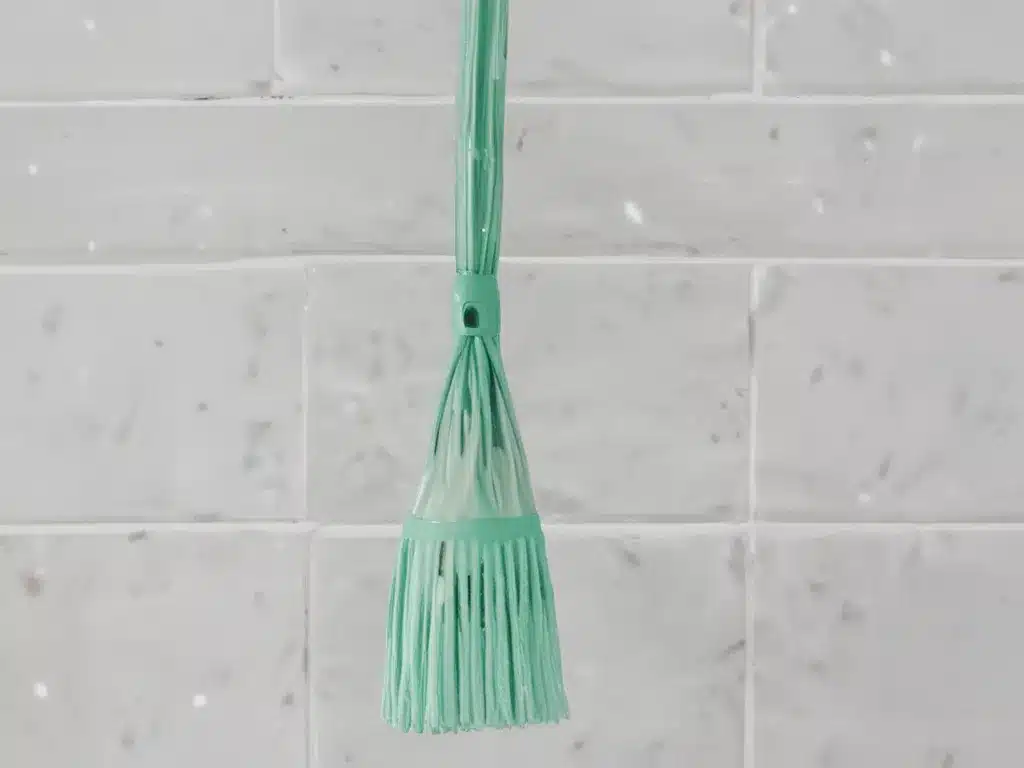Cleanliness is an important part of maintaining both physical and mental health. However, with busy schedules, it can be challenging to keep spaces as clean as we would like. So how clean is clean enough? Here is an in-depth look at setting cleaning standards that work for you.
Defining “Clean”
Cleanliness is subjective and means different things to different people. When evaluating how clean your home should be, first define what clean looks like to you.
Consider what clean means for each room and area of your home. For example:
- Kitchen: No dirty dishes in the sink, counters wiped down, floor swept and mopped.
- Bathroom: Toilet bowl clean, sink clean, shower clean and free of mildew.
- Bedroom: Bed made, laundry put away, surfaces dust-free.
Make a list of what clean means room-by-room. This will help you set clear cleaning standards.
Setting Realistic Cleaning Standards
Be realistic when setting cleaning standards. Perfection is impossible to obtain consistently. Focus on what matters most for health and hygiene.
When setting standards, factor in:
- Family members and pets: More people and pets mean more cleaning required. Adjust standards accordingly.
- High traffic areas: Prioritize more frequent cleaning for high traffic areas like entryways and kitchens.
- Allergies/health issues: Adjust to meet health needs of family members. More frequent dusting and vacuuming may be needed.
Good enough is okay. Having laundry folded and put away is better than washing but leaving it in baskets. The 80/20 rule applies here.
Balancing Deep Cleaning and Maintenance
Regular maintenance cleaning makes deep cleaning less frequently necessary. Daily and weekly cleaning tasks like washing dishes, sweeping, and wiping counters prevents buildup of dirt and messes.
Schedule periodic deep cleaning tasks like:
- Washing walls and baseboards
- Cleaning windows
- Shampooing carpets
- Cleaning out fridge
Aim for maintenance cleaning daily and deep cleaning every 1-3 months depending on use of space. This helps keep cleaning manageable.
Evaluating Areas by Level of Importance
Not all areas of your home need to meet the same standards to be considered clean. Cleaning level should be determined by:
- Use: Heavy use areas like kitchens need more frequent cleaning.
- Visibility: Areas seen by guests should meet higher standards than seldom seen spaces like closets.
- Health: Bathrooms and kitchens where germs spread easily require higher standards.
Prioritize cleaning where it matters most:
- High Importance: Kitchen, bathrooms, dining spaces, high traffic areas.
- Moderate Importance: Living room, bedrooms, offices.
- Low Importance: Closets, laundry room, storage rooms.
Focus efforts where it has the biggest impact.
Managing Cleaning with a Busy Schedule
Cleaning takes time. When schedules are busy, cleaning is often the task that gets cut. Manage cleaning efficiently with:
- Daily habits: Quick daily tasks like wiping counters, doing dishes, and making beds helps.
- Checklists: Checklists split cleaning into manageable tasks. Check things off as you go.
- Sharing the work: Assign chores to family members appropriate for age/ability.
- Working in batches: Clean one room or area completely in a single session.
Make cleaning a priority not an afterthought. Schedule it in and assign tasks. Review cleaning standards regularly and adjust as life changes.
Finding Your Cleaning Sweet Spot
How clean is clean enough comes down to your standards. Define what clean means, set realistic standards, and prioritize where it matters most. Evaluating regularly and adjusting as needed helps maintain cleaning without going overboard.
The goal is to find your cleaning sweet spot – a level of cleanliness that balances health, home function, and sanity. With some planning and priority, you can create a home environment with just the right amount of clean.







